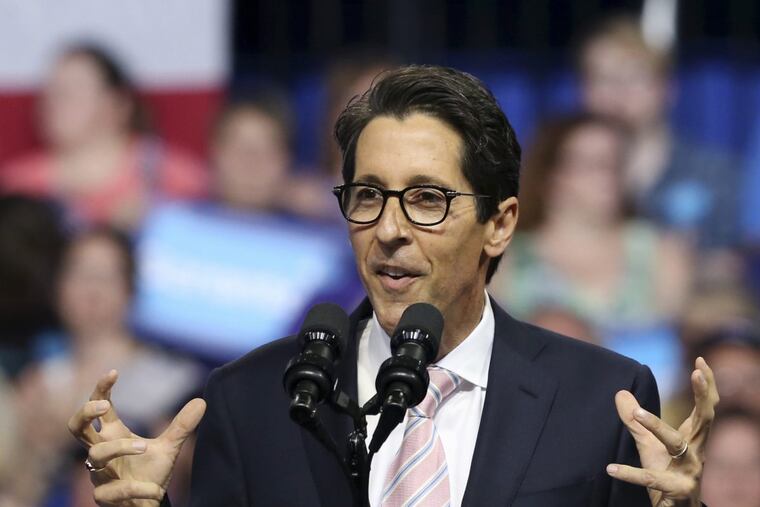Pa. retirement savings plan can keep workers from retiring into poverty | Editorial
About 40 states, including New Jersey, California and Oregon, are in some stage of creating state retirement plans. That gives Pennsylvania models to examine so it can choose which one works best for Pennsylvanians.

About two million Pennsylvania workers are playing without a helmet.
That is, they don't have access to retirement savings plans at work, which puts them at risk of retiring into poverty. Supporting them down the road could cost the state billions.
State Treasurer Joe Torsella and a handful of Democratic and Republican legislators are trying to help them by pushing a retirement savings plan for employees of private-sector firms who don't have such plans. Private employers would enable workers to save through payroll deductions and the state treasurer would collect the funds — which would be managed by investment experts vetted by the state. There would be nominal administrative costs to the employer, but the employer would get the advantage of attracting quality workers seeking a decent benefits package. Employees would be free to choose how much they saved or whether they would save at all. And the cost to the state would be offset by the savings in aid to elderly poor in the future.
A January study by Econsult Solutions, the Philadelphia-based economics consulting and research firm, showed that the state spent $4.2 billion to help elderly poor residents in 2015. That included costs for Medicaid, which covers expenses Medicare doesn't, like long-term care, housing support, and tax rebates, as well as free or reduced-cost transit. The firm estimates the state would spend a cumulative $14.3 billion between 2015 and 2030 helping seniors with inadequate savings. That's money that could support schools, parks, and infrastructure. And if senior citizens had more secure retirements, they'd be putting more money into the economy. The study said seniors would have spent $2 billion more in 2015 if they had saved for retirement.
About 40 states, including New Jersey, California and Oregon, are in some stage of creating state retirement plans. That gives Pennsylvania models to examine so it can choose which one works best for Pennsylvanians.
States are moving forward with savings plans even though Congress last year killed a rule that would have exempted states from the Employee Retirement Income Security Act, which regulates employer-based retirement plans. But states have said that's not too much of an obstacle in establishing their own plans.
In Pennsylvania, Reps. Michael Hanna (D., Clinton) and Michael Driscoll (D., Phila.) have introduced a bill that would create a savings plan. Additionally, there is bipartisan interest from Sens. Pat Browne, (R., Lehigh) and Art Haywood (D., Montgomery), as well as Reps. Joseph Markosek (D., Allegheny) and Warren Kampf (R., Chester). This is pretty good momentum. Last week, proponents unveiled a web page to help explain the program and build public support. There will be a public hearing on it in Harrisburg next week.
Offering a secure retirement to millions of workers not only helps those worried about their own retirements, but children who would be taking care of aging parents.
The best time to move this legislation would be through the budget process in the coming months. Residents should reach out to legislators and tell them to support a savings program that gives some security to retirees.